What Is The Danger Zone In Food Temperature In Celsius
Bacteria can multiply at any temperature within the danger zone but temperatures between 70 and 125 degrees Fahrenheit provide the most hospitable environment for bacteria to thrive. The real concern is keeping food below 70F room temperature and above 120F.

Guide To Cold Smoking Smoked Bbq Source
According to ServSafe recommendations food temperatures between 41 and 135 degrees Fahrenheit represent this danger zone.

What is the danger zone in food temperature in celsius. Killing and minimising bacteria To minimise micro-organisms we have to keep hot food hot and cold food cold. Food safety agencies such as the United States Food Safety and Inspection Service FSiIS define the danger zone as roughly 5 to 63 C 41 to 145 F. If the temperature is above 90 F 322 C no more than 1 hour.
Danger Zone 40 F - 140 F Leaving food out too long at room temperature can cause bacteria such as Staphylococcus aureus Salmonella Enteritidis Escherichia coli O157H7 and Campylobacter to grow to dangerous levels that can cause illness. Below 5c the multiplication of bacteria will start to slow down but not stop and the food will stay fresh for longer. The danger-zone is the temperature zone which provides bacteria with the perfect environment to rapidly grow and multiply to numbers that cause food poisoning.
Thats why we advise that the safest way to defrost food is in. By keeping these high-risk foods under 5 degrees Celsius it stops them from entering the danger-zone temperatures between 5 degrees Celsius and 60 degrees Celsius. Above 60C the bacteria start to die.
Cool food quickly so bacteria cant grow. This is the temperature range in which bacteria will find the most appropriate conditions to multiply and that is what we are trying to avoid. The danger zone is the temperature range in which food-borne bacteria can grow.
The danger zone is the temperature at which bacteria grows and becomes dangerous. Celsius or for hot food above 60 degrees Celsius. The temperature danger zone TDZ is frequently considered to be 40oF to 140oF.
Time and temperature are both important because proteins need to be heated up for. Here are a few tips. The Food Standards Agency FSA sets the danger zone between 8 C and 60 C and this is the range you want to keep your food out of.
Foods must be cooled from 140F to 70F in the first two hours and from 70F to 41F within an additional four hours. Wait _____ seconds after inserting a probe before recording the temperature of a food. This means that food is safest when it is either frozen chilled or heated beyond 60 C.
The temperature that this happens at between 5 degrees Celsius and 60 degrees Celsius. What is the temperature danger zone in Fahrenheit. The temperature danger zone is between 5C and 60C when it is easiest for harmful bacteria to grow in food Minimise the time that food spends at these temperatures in order to keep food safe Refrigerated food needs to be kept at 5C or below Hot food needs to be kept at 60C or above.
Potentially hazardous food needs to be kept at these temperatures to prevent food-poisoning bacteria which may be present in the food from multiplying to dangerous levels. Never leave food out of the refrigerator for over 2 hours. Low temperatures prevent food poisoning bacteria which may be present in the food from multiplying to dangerous levels.
What is the temperature danger zone in Celsius. High temperatures will kill bacteria and viruses. Obviously we cant avoid the danger zone altogether or we wouldnt be able to cook or cool food.
Most harmful bacteria will grow at temperatures above 8C and below 63C this is known as the Danger Zone for microbial growth. If food stays in this danger zone for too long harmful bacteria can grow to levels that could cause illness. But we can move the food rapidly through this zone by heating and cooling it as quickly as possible.
Make sure your thermometers are accurate by _____ them regularly. These bacteria can grow at temperatures between 5C and 60C which is known as the temperature danger zone. During the process of chilling pre-cooked foods for storage or reheating the temperature of foods must necessarily move through the Danger Zone 41F 135F.
Food safety agencies such as the United States Food Safety and Inspection Service FSiIS define the danger zone as roughly 40 to 140 F 4 to 60 C. That is the temperature range that most pathogens can grow. Because bacteria can grow to unsafe levels between 5 degrees and 60 degrees we call it the Temperature Danger Zone.
The danger zone is generally considered to be between 5 centigrade and 63 centigrade. Safe temperatures are 5C or colder or 60C or hotter. Bacteria usually grow in the Danger Zone between 8C and 60C.
Below 8C growth is stopped or significantly slowed down.

Blast Chilling Danger Zone Food Temperature Hazard Analysis And Critical Control Points Brand Kitchen Transparent Png

What Is Temperature Danger Zone And How To Avoid Thermopro
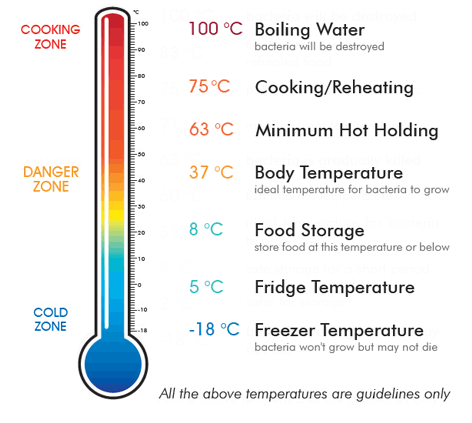
Food Temperature Guidelines For Food Safety Fhc Blog
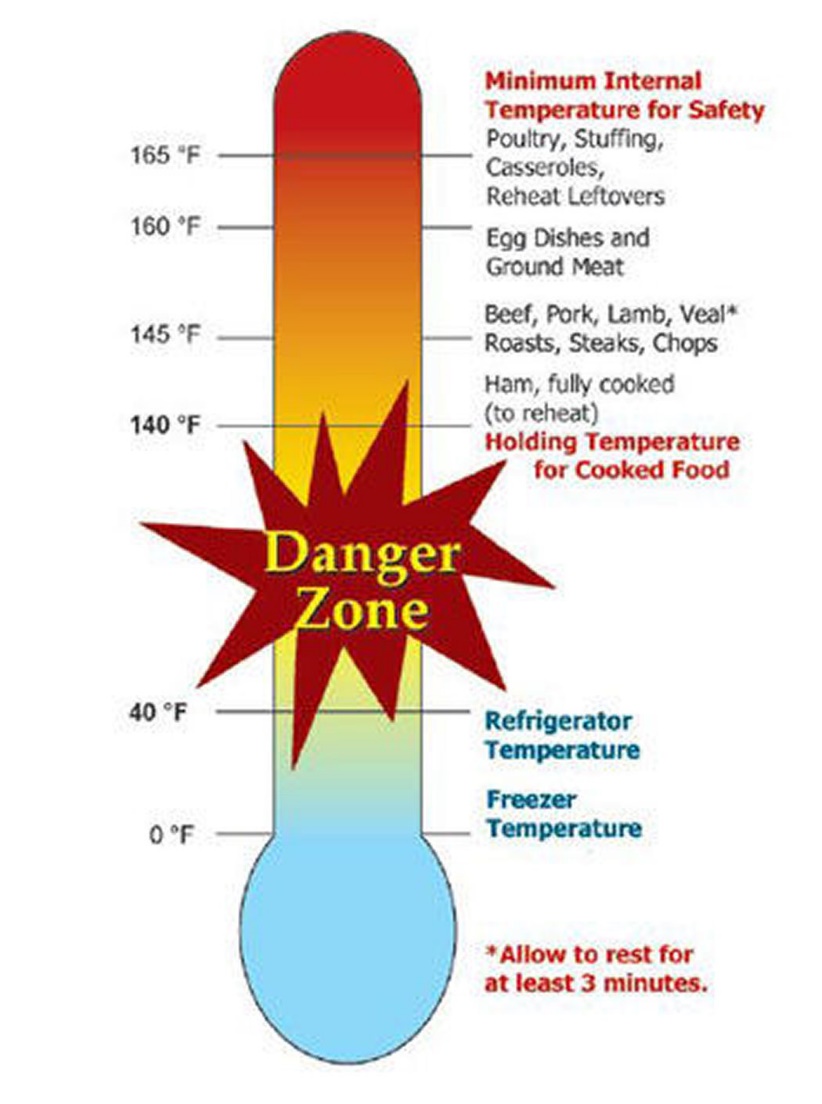
Effects Of Temperature On Food Home Garden Information Center

Danger Zone Food Safety Temperature Charts Cook Reheat Chill Freeze

Food Danger Zone Stock Illustration Illustration Of Haccp 85117539

Danger Zone Danger Zone Food Food Safety Training Food Safety And Sanitation

Temperature Danger Zone Stock Illustrations 219 Temperature Danger Zone Stock Illustrations Vectors Clipart Dreamstime
The Danger Zone Food Safety Matters
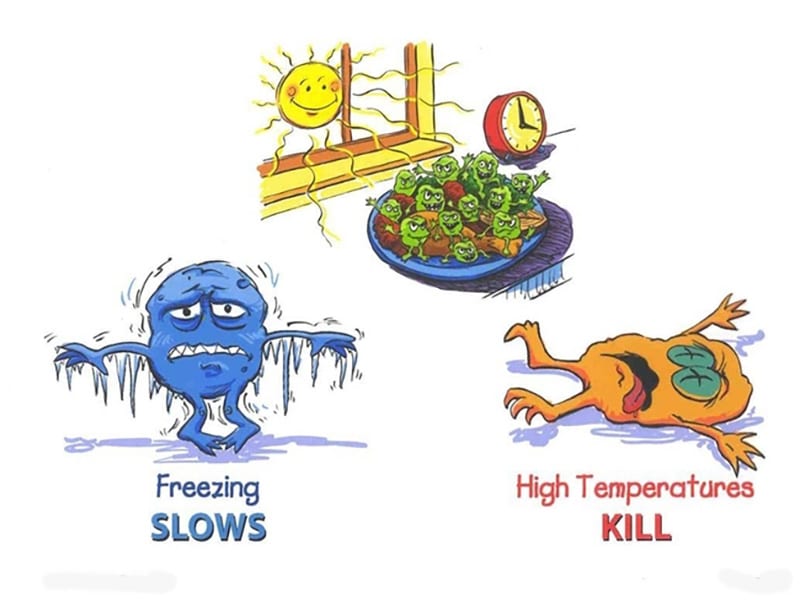
What Is Temperature Danger Zone And How To Avoid Thermopro

Temperature Danger Zone Stock Illustrations 219 Temperature Danger Zone Stock Illustrations Vectors Clipart Dreamstime
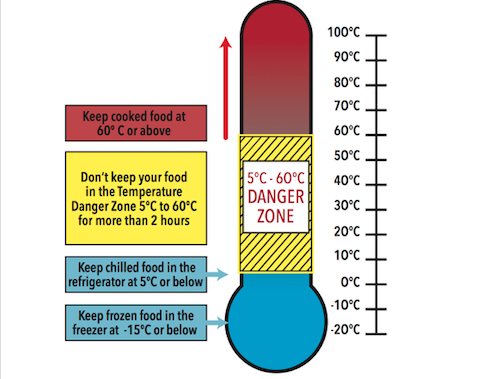
Foodsafety Asn Au A Moveable Feast Food Poisoning Risks Of Transporting Food During The Holiday Season 17 December 2013 Foodsafety Asn Au

Food Danger Zone Stock Illustration Illustration Of Haccp 85117539
What Is The Temperature Danger Zone In Regards To Food Safety Quora

Food Temperature Danger Zone Test Guide Com

The Danger Zone Food Safety And Sanitation Danger Zone Food Food Safety Tips


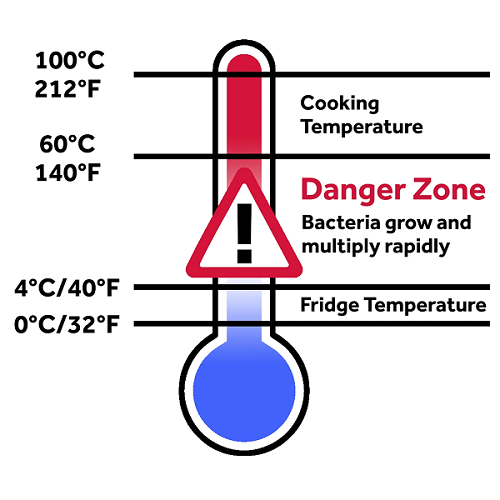
Post a Comment for "What Is The Danger Zone In Food Temperature In Celsius"